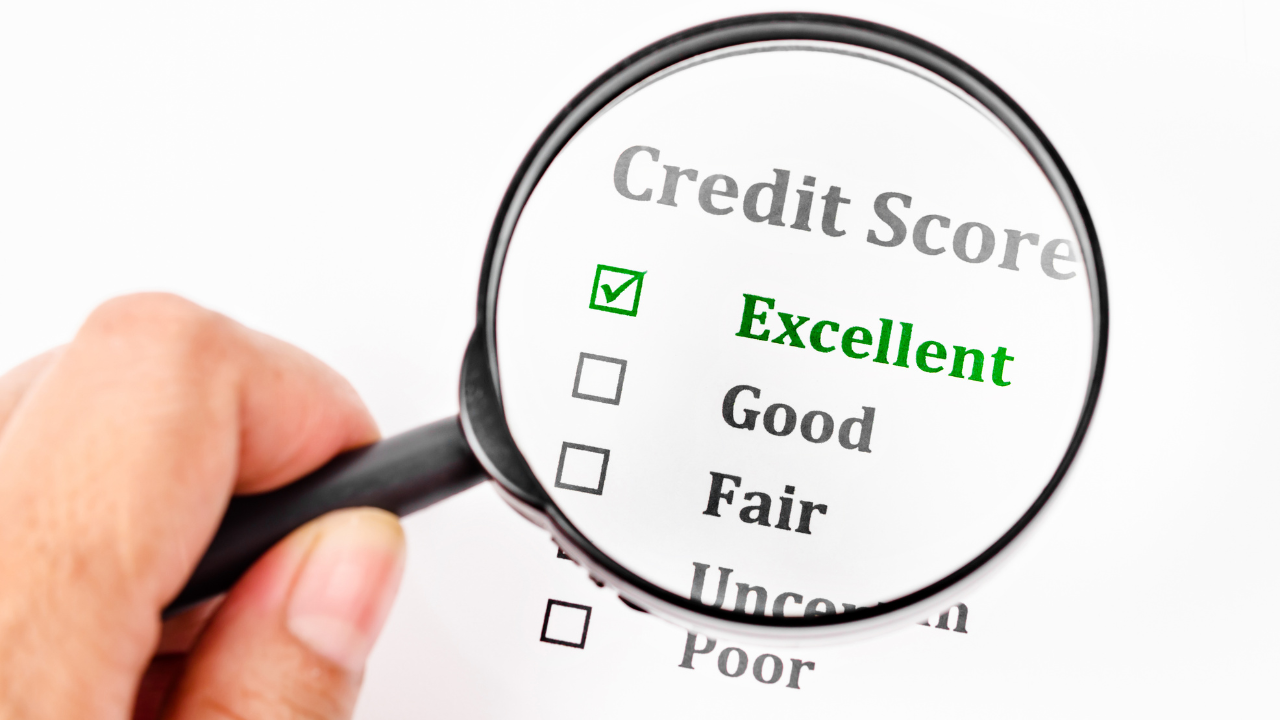
Your credit report and score say a lot about how you handle money over time. Lenders check reports to see if you qualify for credit cards, loans, or other services. A bad credit score makes it harder to get approved. But you can take steps to check your credit and improve it.
Understanding Bad Credit
Your credit score is usually between 300-850, showing your credit risk level based on your borrowing and paying history. A bad credit score is normally below 580. This means you have missed payments, defaulted on debt, or mismanaged credit in the past. Lenders view you as a riskier customer when your credit score is low from negative credit report listings.
Common Causes of Bad Credit
Some ways people develop bad credit include:
Missed Payments:
Making late credit card or loan payments regularly hurts your score badly over time. Even one 30-day late can drop scores by 100+ points suddenly.
Maxed Out Credit Cards:
Using over 30% of your total card limits monthly signals risky reliance on high-cost debt without plans improving, lowering scores.
Debt Collection:
Ultimately, failing to pay creditors at all forces defaults. Collection agencies buy bad debt and report failures that damage credit heavily.
Co-Signing Debt:
Signing as a guarantor on others’ loans leaves you fully responsible for payments. Their failure to pay also severely ruins your credit through guilt by association.
Credit Report Errors:
Sometimes, credit bureaus mix individual histories inaccurately or include debt from identity thieves, lowering your score through no direct fault of your own initially.
The Impact of Bad Credit
The lower your credit score drops from the above missteps, the more your financial options shrink and costs inflate, for example:
Higher Interest Rates:
Poor credit must compensate for lender risk by charging higher rates on loans or credit cards—sometimes exceeding 29% annually—trapping people in repaying interest over principal amounts owed perpetually.
Loan Denials:
Below prime credit frequently fails qualifications for mortgages, car financing, and other loans completely regardless of steady income levels until scoring improves significantly first.
Security Deposits:
Some secured credit cards or rental leases demand fully refundable security fund deposits, which allow usage in case of non-payments. These deposits are based mainly on low scores, signaling perceived unreliability.
Increased Insurance Premiums:
Auto insurance carriers charge policyholders with poor financial choices and a history of increased premiums, assuming they present accident liability exposures that are unable to be covered unless mitigated through special coverage programs alone, which are available once they improve.
Difficulty Getting Utilities:
Weak credit frequently requires utility security deposits before approving home service accounts like electricity, natural gas, or cable TV, with credit challenges.

Checking Your Credit Report: The First Step to Improvement
Examining your history is crucial since your score derives from credit report data. Here’s how to check if you are blacklisted in South Africa:
Obtain Your Credit Report:
Lenders provide one free report annually. Alternatively, you can pay credit bureaus like Experian or TransUnion R25-R150 for an official current copy. Reports are generated immediately upon payment.
Review Carefully:
Scan personal information, existing open and closed accounts, hard inquiries, collection items, defaults, and verification markers for 100% factual accuracy. Take notes on discrepancies found.
Dispute Errors:
If current balances, loan types, payment statuses, or personal address details show incorrectly, formally contest inaccuracies in writing with supporting proof to bureaus. Valid disputes earn removal correcting scores.
Understanding Your Credit Report
Breaking down the key sections within reports simplifies deciphering critical components influencing scores and lending decisions:
Personal Information:
Verify your full legal identifying details, like current residential addresses, match via documents. Dispute inaccuracies with proof immediately before application issues arise later from mismatches.
Listed Accounts:
Open/closed accounts show dates opened, credit types (car loan, mortgage, etc), statuses, limits, balances, and monthly payment histories, highlighting any late and missed payments damagingly.
Hard Inquiries:
Whenever applications for new credit occur, it logs an inquiry entry. Too many in a short timeframe hints at desperation, risking denial. Space requests out thoughtfully.
Public Records:
Bankruptcies, debt collections, judgments, and wage garnishments filed here severely crater scores. Inaccurate listings deserve contesting. If legitimate, time fading them boosts recovery.
Credit Score:
The famous 300-850 assessment summarizing overall perceived riskiness based on the above factors signals applicants at a quick glance. Know where you stand.
Disputing Credit Report Errors
Since mistakes happen commonly, always verify carefully. If false negatives show under your name, enter disputes quickly to correct records benefiting approval odds positively through:
Highlight The Error:
Reference the report section, account name, and identification number related to the falsehood. Detail the inaccurate current status versus provable real-life account standing eloquently.
Contact Credit Bureaus:
Submit signed dispute letters with supporting documentation, such as account statements, to the major bureau providers via their dispute resolution departments through certified mail confirming deliveries.
Follow Up Diligently:
If disputes earn dismissal lacking proof initially, reassemble better documentation and repeatedly challenge until gaining removal. Automated dispute software also helps efficient, persistent challenges, lowering barriers contesting inaccuracies recurrently across bureaus until fixing credit records favorably.
Repairing Bad Credit: A Step-By-Step Guide
Now better understanding reports after thorough inspection, here are sequential practical steps creating upward score momentum:
Create a Spending Budget:
To align outgoing cashflows with earnings realistically and responsibly, categorize income covering necessities first, debt payments next, and discretionary items last.
Pay All Bills On Time:
Even minimal payments must be transmitted before each due date under tightened budgets, protecting scoring and avoiding renewed late damage cascades eroding recently improved standings. Set reminders to avoid missed payments.
Pay Down Debt Balances:
Pay beyond the minimum amounts owed, accelerating principal balances’ reduction. Eliminate smaller debts first, redirecting freed payments towards tackling larger balances next, using optimized avalanche approaches to maximize score bumps upwards over time.
Lower Credit Utilization:
Use less than 30% of the total available revolving credit cards and lines of credit limits monthly to signal responsible usage, not risky heavy reliance on expensive debt. Minimize totals owed against limits without fully zeroing out either.
Add Positive Lines:
Become authorized users on your spouse’s or family’s longest positive-standing accounts. Their good histories extend onto your reports, quickly improving young/damaged profiles that currently lack enough healthy credit mixes.
Conclusion
Checking credit reports fully enlightens consumers on where they objectively stand currently based on historical money management behaviors and patterns lenders view judging approvals. But by diligently disputing inaccuracies and responsibly correcting bad financial habits that submerged scores formerly, reformed awareness puts the power back in every consumer’s hands, charting better courses improves access to affordable credit and financial services.
See more of my finance-related posts here
